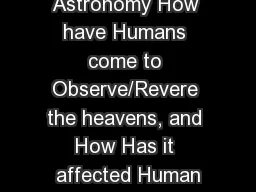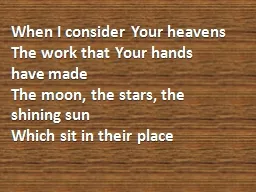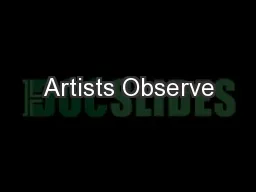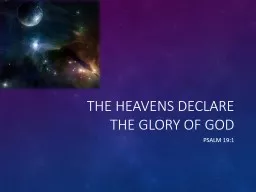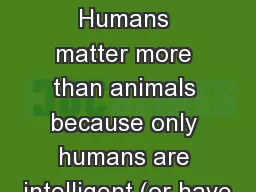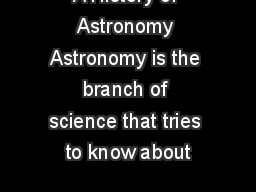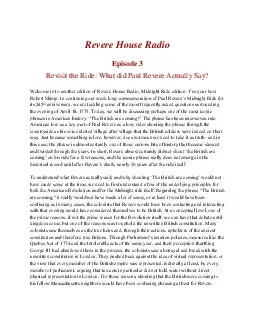PPT-Ancient Astronomy How have Humans come to Observe/Revere the heavens, and How Has it affected
Author : crunchingsubway | Published Date : 2020-06-17
Early Astronomy Humans have been fascinated by the sky for all time Constellations have helped people navigate tell stories are the gods that look over humanity
Presentation Embed Code
Download Presentation
Download Presentation The PPT/PDF document "Ancient Astronomy How have Humans come t..." is the property of its rightful owner. Permission is granted to download and print the materials on this website for personal, non-commercial use only, and to display it on your personal computer provided you do not modify the materials and that you retain all copyright notices contained in the materials. By downloading content from our website, you accept the terms of this agreement.
Ancient Astronomy How have Humans come to Observe/Revere the heavens, and How Has it affected: Transcript
Download Rules Of Document
"Ancient Astronomy How have Humans come to Observe/Revere the heavens, and How Has it affected"The content belongs to its owner. You may download and print it for personal use, without modification, and keep all copyright notices. By downloading, you agree to these terms.
Related Documents

